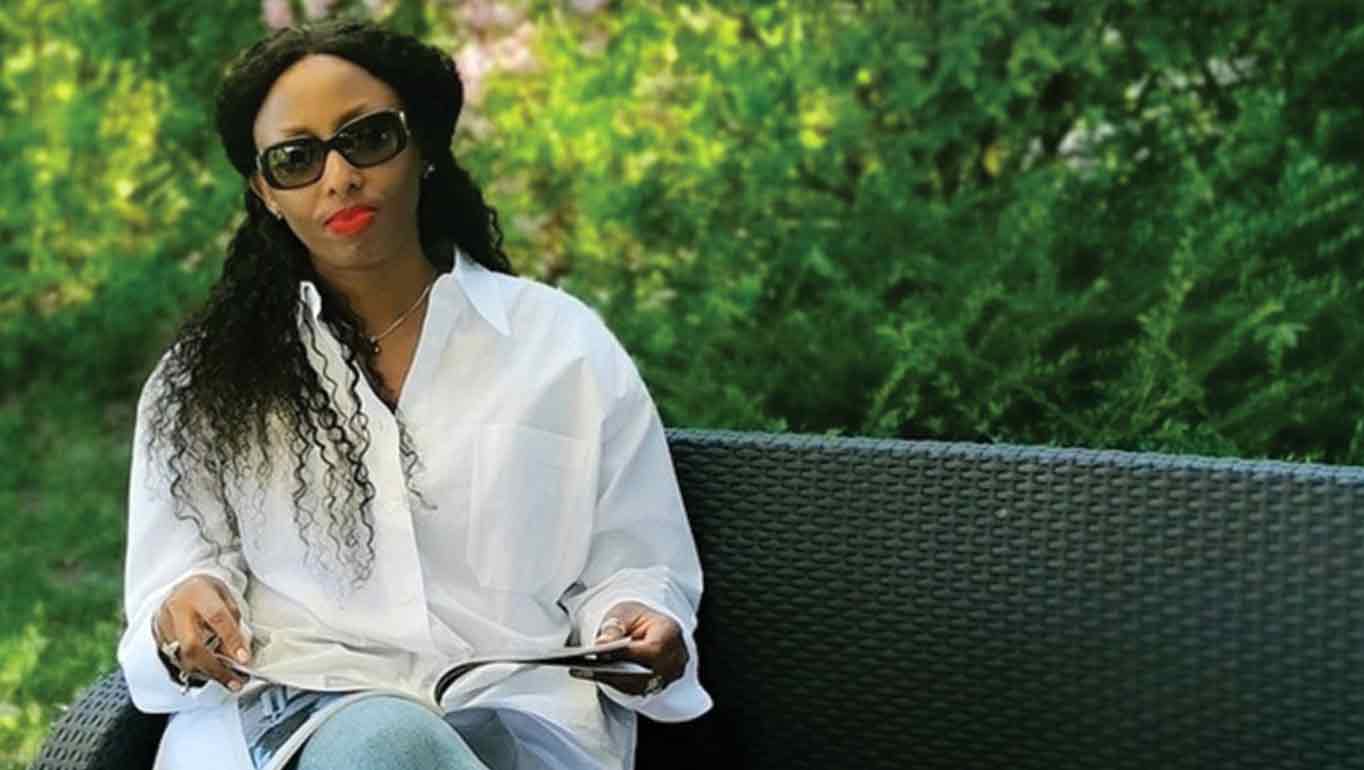Throughout our lives as modern women, we wear multiple identities. Every day, maybe even every hour, we switch between the various roles we play: woman, professional, mother. I’m a wife, a mother of three and a professional woman with career ambitions. I’m a strong believer in gender equality, a proponent of change and I hope to balance my life and be a positive example for my children.
As I’ve travelled through my adult life, I’ve often found myself, and the women around me, becoming trapped in one or other of our identities. There never seems to be a satisfactory way to merge the major parts that define one’s identity. Women constantly face this battle and many think there’s only one solution – being a one-dimensional woman by focusing on one identity and neglecting the others.
In 2016, I took up an opportunity for career growth in Geneva, and moved from Nairobi. It was a 360-degree change on all fronts, with considerable professional prospects but significant family implications, especially for my young school-age children. I had to leave my family behind, as well as a comfortable lifestyle with plenty of help around, moving to a completely unfamiliar location with limited and expensive support. I had to hit the ground running and learn to navigate the foreign waters. The change was extremely challenging, as I initially had to travel back to Nairobi every two weeks to be with my family.
Professional woman or mother?
Most working parents struggle to find a balance between their jobs and personal lives. This can be challenging for career women trying to meet typical social expectations. But it’s not impossible, provided one has the flexible support necessary to ensure children aren’t deprived of the parent’s time, love and care during their early years.
For me, the family separation caused pain, stress, tears and weighed a lot on the mental health of both the children and us, their parents, despite the various coping mechanisms put in place for support.
Thankfully, I had a supportive family and understanding supervisors who allowed me to fully benefit from flexible working arrangements to ensure I was able to manage my hours to meet the needs of my youngest son. But even with that arrangement, coupled with a fantastic support group of friends, it was not smooth sailing.
Five years later, I can testify that I’d never repeat it for career growth.
Gender parity vs gender equality
So far, gender parity has been a statistical measure that provides a numerical value of female-to-male workforce representation. While it’s a useful tool for assessing gender inequality and forcing basic change, it’s not the same as gender equality. It’s important to keep this difference in mind, lest we mistake means for ends.
Gender equality is about making a real difference in women’s lives and putting in place systems that allow women to achieve all their professional dreams while fulfilling their personal and family commitments without being forced to make hard choices.
The UN Secretary-General, in his gender parity strategy, highlights measures such as the balance of personal, family and professional commitments. He also emphasizes the importance of having a working environment that prizes flexibility, provides equal opportunities, recognizes that staff are also family and community members and ensures a safe working environment. Young professionals, mothers and wives have to balance all aspects of life for professional and personal fulfillment, without jeopardizing the well-being of all concerned – spouses and children.
The UN’s social policy framework is meant to help achieve gender equality, with gender parity being one step along the road. But too many other parts of the puzzle receive no support from the organization. I for one haven’t received enough support to have a dual-career family.
What can be done to support staff?
Staff should be allowed to take advantage of their career growth without compromising any aspects of their lives, as much as possible. Throughout my journey, I’ve done extensive research to find opportunities for family reunification and spoken to various friends and colleagues.
It’s encouraging to see that a number of UN agencies and programmes have tried as much as possible to use existing rules and policies to facilitate and encourage the employment of professionally qualified spouses of staff members of both genders. This advances gender equality and encourages mobility. However, the UN Secretariat needs to do more.
Facilitating the reconciliation of work and family responsibilities for staff would allow both men and women to remain in employment and deliver on family responsibilities without jeopardizing the well-being of their children.
If all women are given the flexibility they need to devote time to both their professional and personal lives, I believe the organization will see the change it needs to deliver better on its mandate.
The many achievements by staff during COVID-19 show that maximum flexibility increases productivity. Now the organization has experienced how successful telecommuting can be applied and how work hours that differ from the normal 9-to-5 routine can be adopted without affecting productivity. Flexible work arrangements should be strengthened. Even in the absence of a pandemic, flexible work arrangements can improve recruitment and retention of staff, augment diversity within the organization, encourage ethical behaviour and boost the organization’s efforts to be socially responsible.



